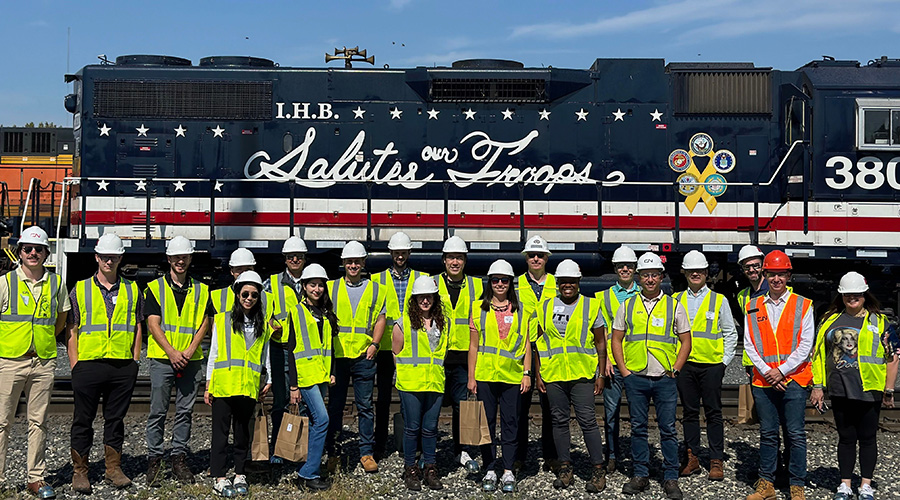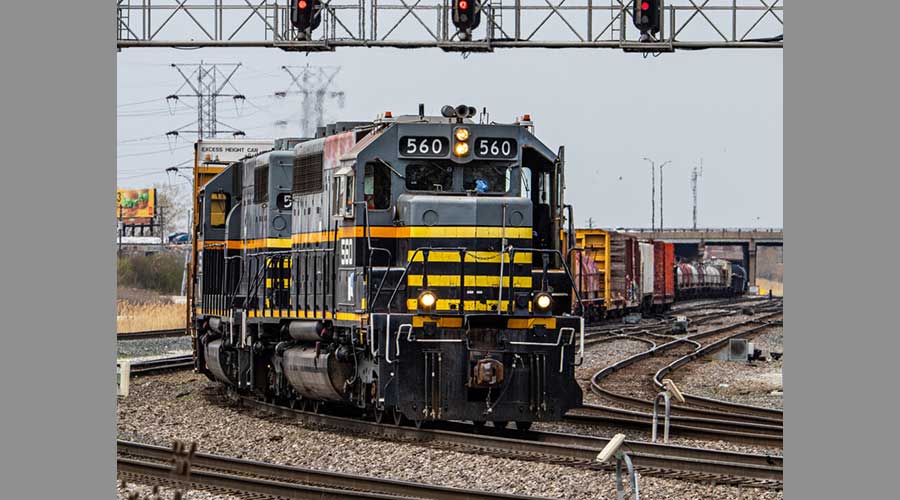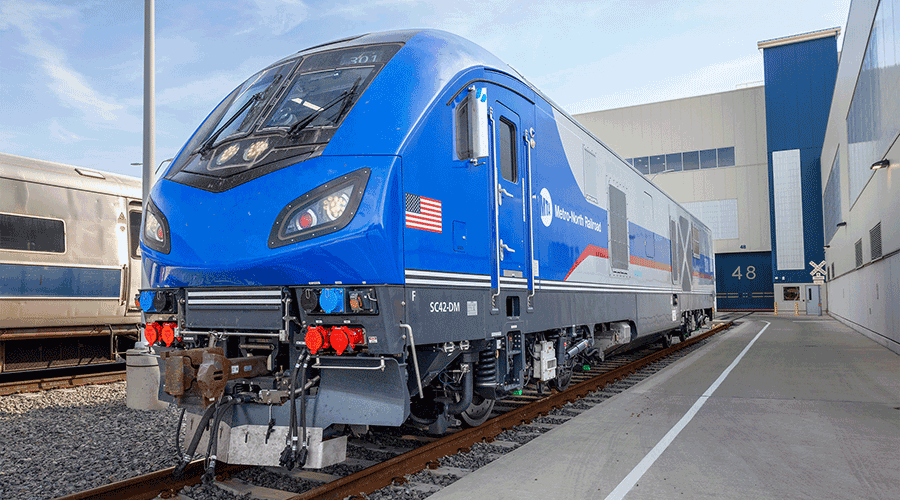Newsletter Sign Up
Stay updated on news, articles and information for the rail industry
Stay updated on news, articles and information for the rail industry
RAIL EMPLOYMENT & NOTICES
Rail News Home
Financials
Rail News: Financials
Despite blocked mainlines and service disruptions in western Canada caused by severe weather late last year, Canadian National Railway Co. had a banner fourth quarter. And the Class I’s industry-best operating ratio continued to drop.
Fourth-quarter revenue increased 3 percent to $1.6 billion, operating income rose 5 percent to $640 million, net income went up 16 percent to $422 million, diluted earnings per share jumped 22 percent to 80 cents and the railroad’s operating ratio improved 0.7 points to 61.1 compared with fourth-quarter 2005 data. Revenue was driven by gains in coal, grain, fertilizers, petroleum, chemical and intermodal traffic volumes.
In addition, revenue ton-miles increased 1 percent, freight revenue per revenue ton-mile rose 2 percent and operating expenses increased only 2 percent to $1 billion compared with fourth-quarter 2005 figures.
However, the stronger Canadian dollar vs. the U.S. dollar reduced fourth-quarter revenue by $30 million and net income by $8.5 million, CN said.
The Class I had a strong year, as well. Annual revenue increased 7 percent to a record $6.5 billion, operating income rose 15 percent to $2.6 billion, net income jumped 34 percent to $1.8 billion and operating expenses went up only 2 percent to $4 billion compared with 2005 data. In addition, CN set an annual operating ratio record at 60.7 — a 3.1-point improvement compared with 2005’s ratio.
“The strength of 2006 positions CN well for 2007,” said President and Chief Executive Officer E. Hunter Harrison in a prepared statement. “The year ahead is one of opportunity for the company, and we’ll have the people, network capacity, locomotives and freight cars in place to take advantage of new traffic.”
1/24/2007
Rail News: Financials
CN's industry-best operating ratio drops to a record 60.7 in 2006
advertisement
Despite blocked mainlines and service disruptions in western Canada caused by severe weather late last year, Canadian National Railway Co. had a banner fourth quarter. And the Class I’s industry-best operating ratio continued to drop.
Fourth-quarter revenue increased 3 percent to $1.6 billion, operating income rose 5 percent to $640 million, net income went up 16 percent to $422 million, diluted earnings per share jumped 22 percent to 80 cents and the railroad’s operating ratio improved 0.7 points to 61.1 compared with fourth-quarter 2005 data. Revenue was driven by gains in coal, grain, fertilizers, petroleum, chemical and intermodal traffic volumes.
In addition, revenue ton-miles increased 1 percent, freight revenue per revenue ton-mile rose 2 percent and operating expenses increased only 2 percent to $1 billion compared with fourth-quarter 2005 figures.
However, the stronger Canadian dollar vs. the U.S. dollar reduced fourth-quarter revenue by $30 million and net income by $8.5 million, CN said.
The Class I had a strong year, as well. Annual revenue increased 7 percent to a record $6.5 billion, operating income rose 15 percent to $2.6 billion, net income jumped 34 percent to $1.8 billion and operating expenses went up only 2 percent to $4 billion compared with 2005 data. In addition, CN set an annual operating ratio record at 60.7 — a 3.1-point improvement compared with 2005’s ratio.
“The strength of 2006 positions CN well for 2007,” said President and Chief Executive Officer E. Hunter Harrison in a prepared statement. “The year ahead is one of opportunity for the company, and we’ll have the people, network capacity, locomotives and freight cars in place to take advantage of new traffic.”


 2025 MOW Spending Report: Passenger-rail programs
2025 MOW Spending Report: Passenger-rail programs
 Gardner steps down as Amtrak CEO
Gardner steps down as Amtrak CEO
 Guest comment: Oliver Wyman’s David Hunt
Guest comment: Oliver Wyman’s David Hunt
 Women of Influence in Rail eBook
Women of Influence in Rail eBook
 railPrime
railPrime








